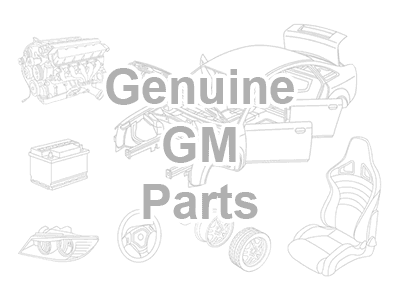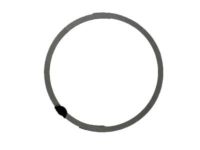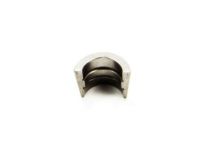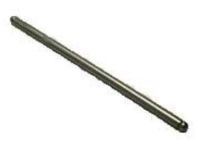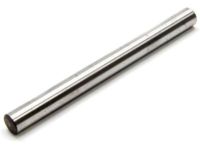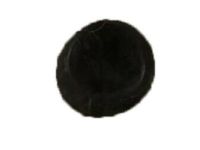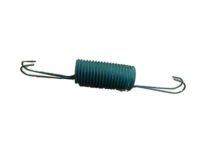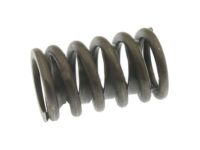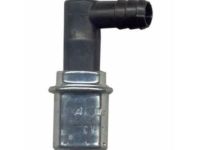When a carburetor exhibits issues after substantial use, it is often more cost-effective to replace the entire unit rather than undergo complete disassembly and individual component replacement. However, in cases where disassembly and rebuilding are chosen, begin by obtaining a repair kit containing essential gaskets and parts. Follow this sequential process: Remove the wide-open throttle and idle solenoid along with the bracket assembly by unscrewing the retaining screws on the float bowl; avoid submerging these parts in carburetor cleaner. Proceed to remove the upper choke lever by loosening the retaining screw and rotating the lever. Extract the choke rod from the lower lever within the float bowl casting by holding the lever outward and counterclockwise twisting the rod. Using a drift, drive the pump lever pivot pin inward to facilitate the removal of the lever, while noting the position of the accelerator pump rod. Remove the pump lever from the pump rod. Disconnect the vacuum break hose from the tube on the float bowl. Next, remove the nine air horn attaching screws, with two being countersunk in the center of the carburetor, and lift the air horn vertically off the float bowl. From the air horn assembly, remove the vacuum break control with its bracket. Remove the pump plunger stem seal by inverting the air horn and removing the staking; discard the retainer and seal. The air horn assembly comprises an idle air bleed valve preset at the factory, so it should not be removed unless replacement is necessary, and it should not be cleaned traditionally to avoid damaging the O-rings sealing the idle air bleed valve. While depressing the pump plunger stem, lift the corner of the air horn gasket attached to the float bowl to remove the pump plunger from its well. Remove the solenoid metering rod plunger by lifting it straight up. Remove the rubber seal surrounding the mixture control solenoid plunger. Take out the air horn gasket from the float bowl. Remove the pump return spring from the well. Extract each metering rod assembly carefully from the float bowl, ensuring the return spring is included. Remove the mixture control solenoid from the float bowl by removing the two attaching screws; do not remove the solenoid connector. Turn the mixture control screw counterclockwise, remove it, and then carefully lift the solenoid and connector assembly from the float bowl. Remove the plastic insert from the cavity under the solenoid connector in the float bowl. Remove the solenoid screw tension spring near the float hanger clip. Lift out the float assembly and float needle by pulling up on the retaining clip, and remove the needle and seat. Extract the large mixture control solenoid spring from the bottom of the float bowl. Remove the main metering jets if required. Remove the pump discharge check ball retainer and check ball, and the pump well fill slot baffle if needed for replacement. Remove the rear vacuum break control with its attaching bracket; avoid submerging this in carburetor cleaner. The non-adjustable choke is typically intended as a permanent fixture and may require specific overhaul instructions; disassembly involving rivet removal may be necessary. Remove the fuel inlet nut, gasket, check valve filter assembly, and spring from the float bowl. Undo the four throttle body attaching screws to remove the throttle body assembly. Extract the pump rod from the throttle lever by rotating the rod until the tang aligns with the slot in the lever. Unless replacement is necessary, avoid removing the plugs covering the idle mixture needles, which is uncommon in a standard overhaul. Clean all metal parts in a suitable cold solvent, excluding rubber parts, plastic parts, the vacuum break assembly, wide-open throttle switch, solenoid, or air horn assembly. Do not probe the jets; instead, clean them with clean, dry compressed air. Inspect all fixed and moving parts for cracks, distortion, wear, and other damage, replacing components as needed. Discard all gaskets and the fuel filter. Assembly is generally the reverse of the removal process, but consider these points: To adjust the float level, hold the float retaining clip firmly and lightly push down on the float arm. Measure from the top of the float bowl casting (without gasket) to the top of the float about 1/8" back from the toe, and adjust the float arm as necessary. Tighten the nine air horn attaching screws securely in the specified sequence.
Posted by GMPartsGiant Specialist 
